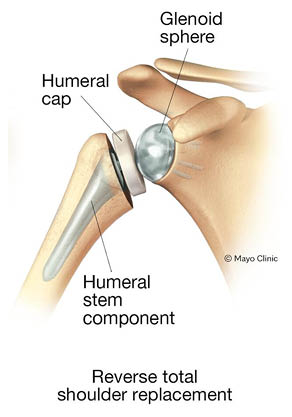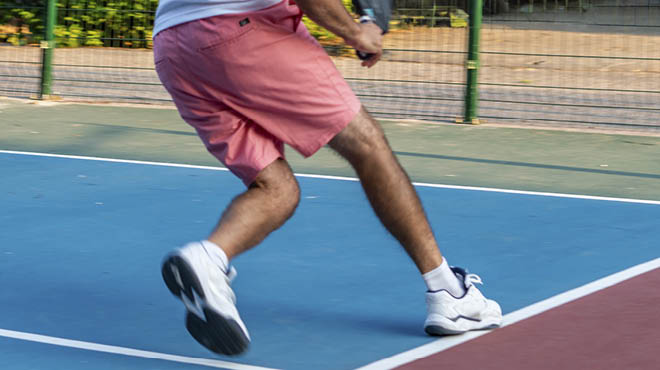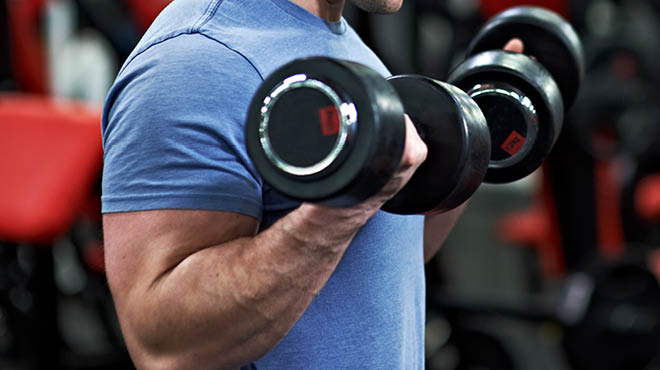Recent Posts
What are your options for shoulder replacement surgery?

For some people, noninvasive approaches for shoulder pain, such as over-the-counter pain relievers, injections and physical therapy, no longer bring relief.
When shoulder pain begins to infringe on your ability to do your work, day-to-day tasks and activities you love to do, it's time to consult an orthopedic surgeon.
Causes of shoulder pain
Shoulder pain is typically caused by damage to the shoulder joint, including:
- Chronic rotator cuff injuries. Damage to this group of muscles and tendons surrounding the shoulder joint can lead to injury of the cartilage and bones in the joint.
- Fractures of the humerus, the bone in the upper arm.
- Osteoarthritis, also known as wear-and-tear arthritis. This condition damages the cartilage that covers the ends of bones and helps the joint move smoothly.
- Rheumatoid arthritis or other inflammatory diseases. Inflammation caused by an overactive immune system can damage the cartilage in the shoulder.
None of these conditions is reversible, so in many cases, you'll need a surgical approach — shoulder replacement — to relieve pain and restore the range of motion and strength to your shoulder and arm.
Surgical options
Your surgeon will order X-rays and possibly a CT scan to determine the type of damage to your shoulder. This imaging allows your surgeon to determine the shoulder replacement technique best suited to the condition of your shoulder joint. There are three types of shoulder replacement.
Options for shoulder replacement and when they're used
Anatomical.
This technique replaces both the ball at the end of the humerus and the socket in your shoulder and matches your existing anatomy. It's used typically when the rotator cuff isn't damaged and most closely duplicates your natural range of motion.
Reverse.
With this technique, the socket is attached to the humerus and the ball to the shoulder, which is the opposite of your anatomy. A reverse replacement is used when the rotator cuff is damaged. Following a reverse replacement, you may experience changes in your range of motion, such as how far you can reach behind your back or over your head. That means that some workers may need to modify their movements. Lifting should be done with both hands to avoid stressing the surgical arm.
Partial.
If the ball in your shoulder joint is damaged, it can be replaced, leaving the rest of the joint intact. The replacement ball is attached to the humerus, replicating your anatomy.
What to expect during and after surgery
 The majority of shoulder replacements are outpatient surgeries which typically take 1-2 hours. After resting in the recovery area, most patients return home the same day. Your surgeon and physical therapist will develop a plan to allow for healing and regaining range of motion and strength.
The majority of shoulder replacements are outpatient surgeries which typically take 1-2 hours. After resting in the recovery area, most patients return home the same day. Your surgeon and physical therapist will develop a plan to allow for healing and regaining range of motion and strength.
When you go home, you'll be wearing an immobilizer, which is a sling with a pad in it to hold your arm still and at the correct angle. Depending on the progress of your healing, you may wear the immobilizer for up to six weeks. Starting at six weeks and continuing for up to three months, you'll work with a physical therapist to improve your range of motion and strength.
As with any surgery, some complications could occur. These include:
- Dislocation, with the new ball coming out of the socket.
- Failure of the rotator cuff due to wear after a partial or anatomical replacement.
- Formation of blood clots in the leg or arm following surgery.
- Fracture of the humerus or other shoulder bones after surgery.
- Infection at the incision site or deeper in the tissues.
- Loosening of the implants over time, which may require additional surgery.
- Numbness, weakness and pain due to nerve damage.
Goals for shoulder replacement
The primary goal for shoulder replacement surgery is pain relief and overall improved function of your shoulder joint. That means being able to do everyday tasks at home and work, as well as the activities you take pleasure in and contribute to your physical and mental health and wellness.
Next steps:
- Find out what orthopedic services are available in Mayo Clinic Health System.
- Learn about what to expect from shoulder surgery and recovery.
- Read more about rotator cuff injuries.
Watch a video about shoulder pain and when to seek care.
Douglas Bartels, M.D., is an orthopedic surgeon in Orthopedics and Sports Medicine in Eau Claire, Wisconsin.






